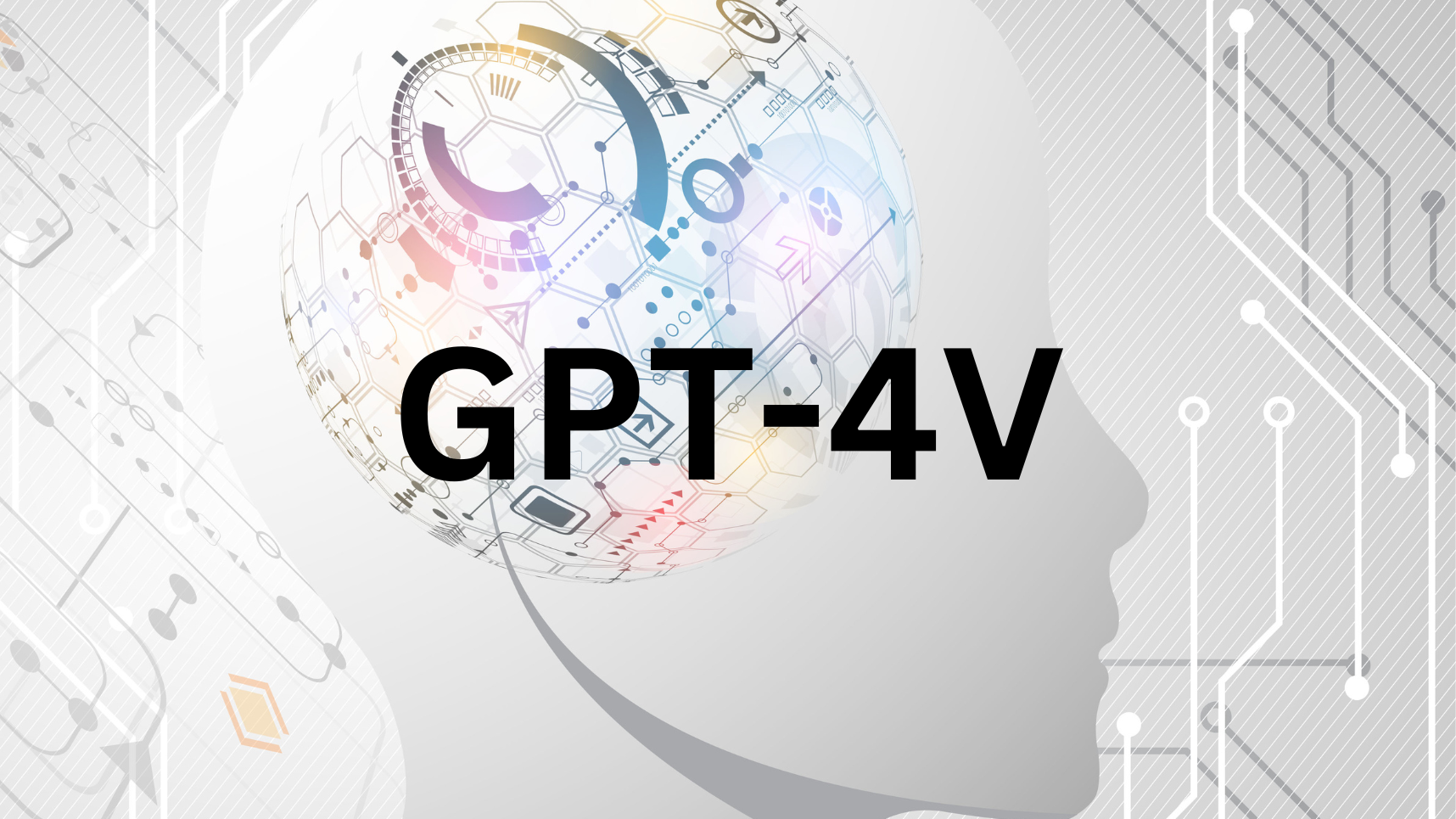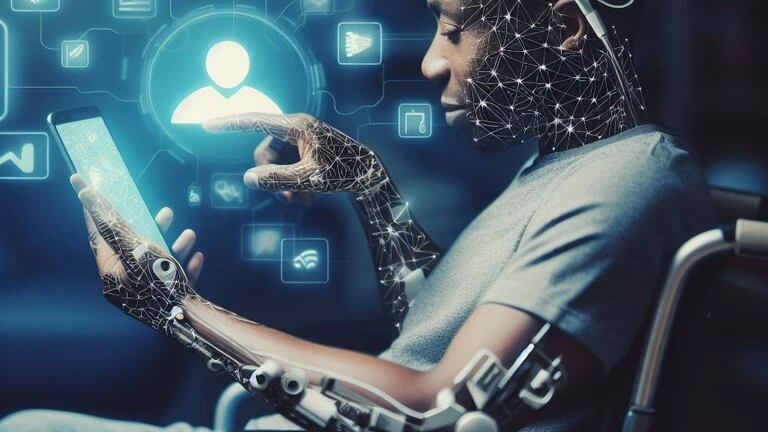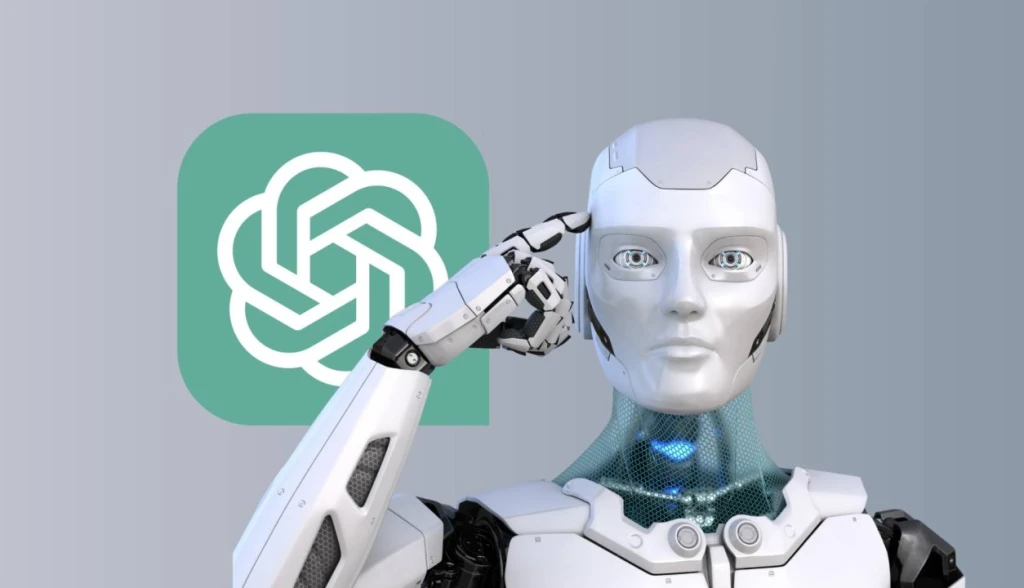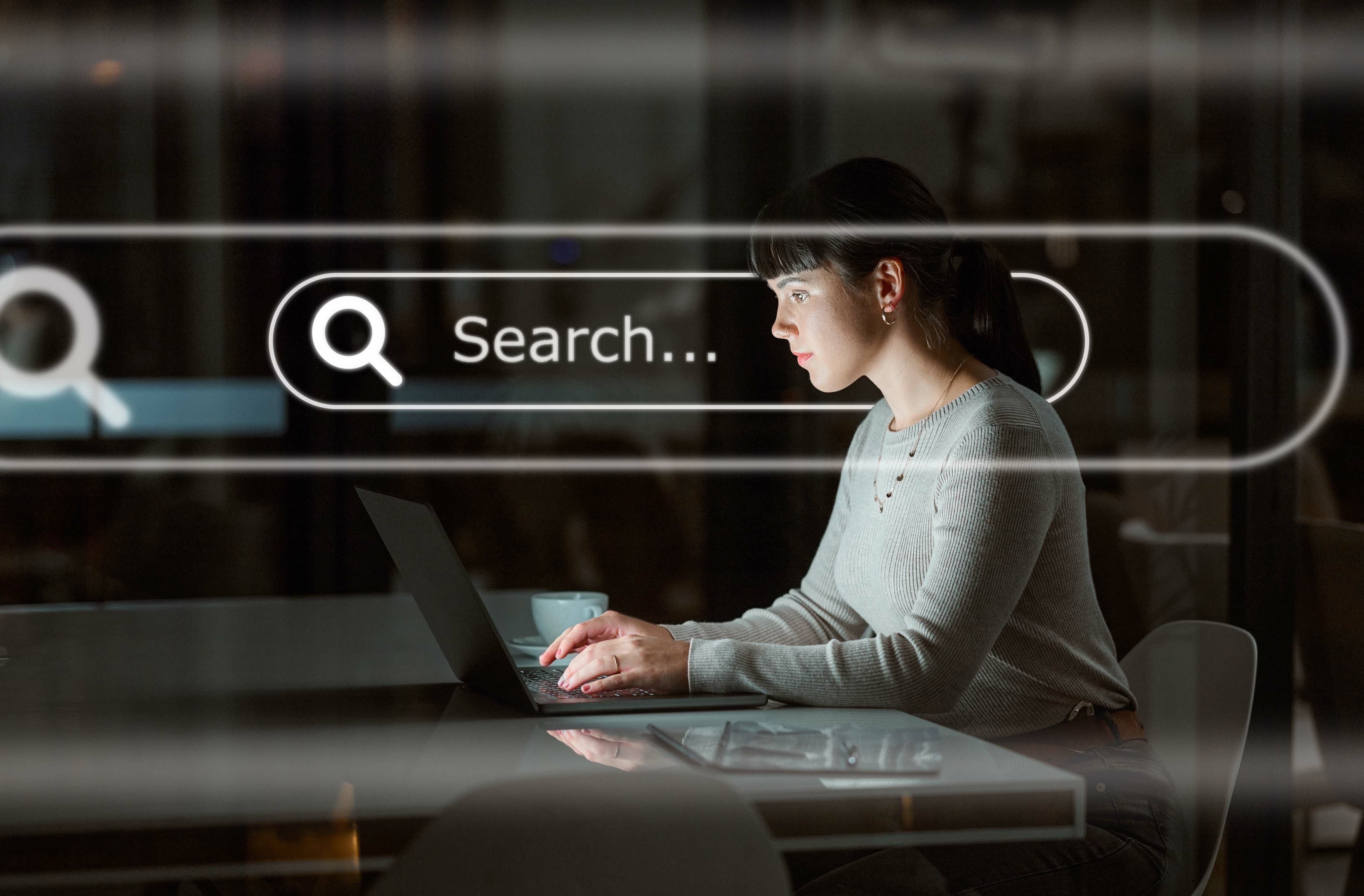Test AI on YOUR Website in 60 Seconds
See how our AI instantly analyzes your website and creates a personalized chatbot - without registration. Just enter your URL and watch it work!
The Dawn of Modern AI: Understanding GPT
What made GPT revolutionary wasn't just its size (though at the time, its 117 million parameters seemed enormous), but its underlying architecture. The transformer model, introduced by Google researchers in their "Attention is All You Need" paper, proved remarkably efficient at processing sequential data like text. Unlike previous recurrent neural networks that processed tokens one after another, transformers could analyze entire sequences simultaneously through their self-attention mechanism.
This parallel processing not only accelerated training times but enabled the model to better capture long-range dependencies in text. Suddenly, AI could "remember" what was mentioned paragraphs ago and maintain thematic consistency across longer outputs. For the first time, machine-generated text began to feel genuinely human-like.
The Scaling Era: From GPT-2 to GPT-3
But the real watershed moment came with GPT-3 in 2020. At 175 billion parameters—more than 100 times larger than GPT-2—it represented a quantum leap in capabilities. The model exhibited what researchers call "emergent abilities"—skills it wasn't explicitly trained for but developed through scale and exposure to diverse data.
Perhaps most remarkably, GPT-3 showed rudimentary "few-shot learning" abilities. With just a couple of examples in the prompt, it could adapt to new tasks like translation, summarization, or even basic coding. The AI field began to recognize that scale wasn't just improving performance incrementally—it was fundamentally changing what these systems could do.
Beyond Size: Refinement Through RLHF
Enter Reinforcement Learning from Human Feedback (RLHF). This training methodology introduces human evaluators who rate model outputs, creating a feedback loop that helps the AI understand which responses are helpful, truthful, and harmless. Models trained with RLHF, like ChatGPT and Claude, proved dramatically more useful for everyday tasks while reducing harmful outputs.
RLHF marked a crucial shift in AI development philosophy. Raw prediction power was no longer enough—systems needed to understand the nuances of human values. This training approach helped models respond appropriately to sensitive topics, decline inappropriate requests, and express uncertainty rather than confidently stating falsehoods.
The Multimodal Revolution Begins
These systems worked by training diffusion models on vast datasets of image-text pairs. By learning the relationship between visual concepts and their textual descriptions, they could transform prompts like "a surrealist painting of a cat playing chess in the style of Salvador Dali" into corresponding images.
Similarly, speech recognition models grew increasingly accurate, and text-to-speech systems became nearly indistinguishable from human voices. Video generation, while still in its earlier stages, began showing promising results with systems like Runway ML's Gen-2 and Google's Lumiere.
Each modality was evolving rapidly, but they remained largely separate systems. The next revolution would come from unifying these capabilities.
True Multimodal AI: Seeing, Hearing, and Understanding
These systems can describe what they see in images, extract text from documents, analyze charts and graphs, and even solve visual puzzles. A user can upload a photo of ingredients in their refrigerator and ask, "What can I cook with these?" The AI then identifies the items and suggests appropriate recipes.
What makes true multimodal systems different from simply connecting separate models is their unified understanding. When you ask about an element in an image, the system doesn't just run separate image recognition and then text generation—it develops an integrated understanding across modalities. This enables more sophisticated reasoning, like explaining why a meme is funny or identifying inconsistencies between text and images.
Test AI on YOUR Website in 60 Seconds
See how our AI instantly analyzes your website and creates a personalized chatbot - without registration. Just enter your URL and watch it work!
The Architecture Behind Multimodal Systems
Modern multimodal architectures use specialized encoders for each modality that transform the raw data into a shared representational space. For example, an image might be processed by a vision transformer (ViT) that breaks it into patches and converts them into embeddings, while text is tokenized and embedded separately. These distinct embeddings are then projected into a common space where the core model can process them together.
This "tower and bridge" architecture allows models to learn cross-modal relationships—understanding how concepts in language correspond to visual features or audio patterns. When GPT-4 Vision recognizes a landmark in a photo, it can connect that visual representation with its textual knowledge about the location's history, significance, and context.
The training process typically involves massive datasets of paired content—images with captions, videos with transcripts, and other aligned multi-modal data. By learning from these alignments, the model builds an internal representation where related concepts across modalities are mapped close together in its vector space.
Real-World Applications of Multimodal AI
In healthcare, systems can analyze medical images alongside patient records and symptoms to assist with diagnosis. A doctor can upload an X-ray and ask specific questions about potential concerns, receiving insights that combine visual analysis with medical knowledge.
For accessibility, multimodal AI helps blind users understand visual content through detailed descriptions, and assists deaf users by providing real-time transcription and translation of spoken content.
In education, these systems create interactive learning experiences where students can ask questions about diagrams, historical photos, or mathematical equations, receiving explanations tailored to their learning style.
Content creators use multimodal AI to generate complementary assets—writing articles and creating matching illustrations, or producing educational videos with synchronized visuals and narration.
E-commerce platforms implement visual search where customers can upload an image of a product they like and find similar items, while the AI describes the key features it's matching.
Perhaps most significantly, multimodal systems are creating more natural human-computer interaction paradigms. Instead of adapting our communication to fit rigid computer interfaces, we can increasingly interact with technology in the ways we naturally communicate with each other—through a fluid combination of words, images, sounds, and gestures.
Limitations and Ethical Considerations
Visual understanding remains superficial compared to human perception. While AI can identify objects and describe scenes, it often misses subtle visual cues, spatial relationships, and cultural context that humans instantly recognize. Ask a multimodal AI to explain a complex engineering diagram or interpret body language in a photo, and its limitations quickly become apparent.
These systems also inherit and sometimes amplify the biases present in their training data. Facial recognition components may perform worse on certain demographic groups, or visual reasoning might reflect cultural biases in how images are interpreted.
Privacy concerns are heightened with multimodal systems, as they process potentially sensitive visual and audio data. A user might share an image without realizing it contains personal information in the background that the AI can recognize and potentially incorporate into its responses.
Perhaps the most pressing issue is the potential for multimodal AI to create convincing synthetic media—deepfakes that combine realistic images, video, and audio to create persuasive but fabricated content. As these technologies become more accessible, society faces urgent questions about media authenticity and digital literacy.
The Future: From Multimodal to Multisensory AI
Emerging research is exploring embodied AI—systems connected to robotic platforms that can interact physically with the world, combining perception with action. A robot equipped with multimodal AI could recognize objects visually, understand verbal instructions, and manipulate its environment accordingly.
We're also seeing early work on AI systems that can maintain persistent memory and build contextual understanding over extended interactions. Rather than treating each conversation as isolated, these systems would develop a continuous relationship with users, remembering past interactions and learning preferences over time.
Perhaps the most transformative development will be AI systems that can perform complex reasoning chains across modalities—seeing a mechanical problem, reasoning about physics principles, and suggesting solutions that integrate visual, textual, and spatial understanding.
As these technologies continue to develop, they will increasingly blur the lines between specialized tools and general-purpose assistants, potentially leading to AI systems that can flexibly address almost any information processing task a human can describe.
Conclusion: Navigating the Multimodal Future
This acceleration shows no signs of slowing, and we're likely still in the early chapters of the AI story. As these systems continue to evolve, they will reshape how we work, learn, create, and communicate.
For developers, the multimodal paradigm opens new possibilities for creating more intuitive and accessible interfaces. For businesses, these technologies offer opportunities to automate complex workflows and enhance customer experiences. For individuals, multimodal AI provides powerful tools for creativity, productivity, and access to information.
Yet navigating this future requires thoughtful consideration of both capabilities and limitations. The most effective applications will be those that leverage AI's strengths while accounting for its weaknesses, creating human-AI collaborations that amplify our collective abilities.
The evolution from GPT to multimodal AI isn't just a technical achievement—it's a fundamental shift in our relationship with technology. We're moving from computers that execute commands to assistants that understand context, interpret meaning across modalities, and engage with the richness and ambiguity of human communication. This transition will continue to unfold in surprising and transformative ways in the years ahead.




